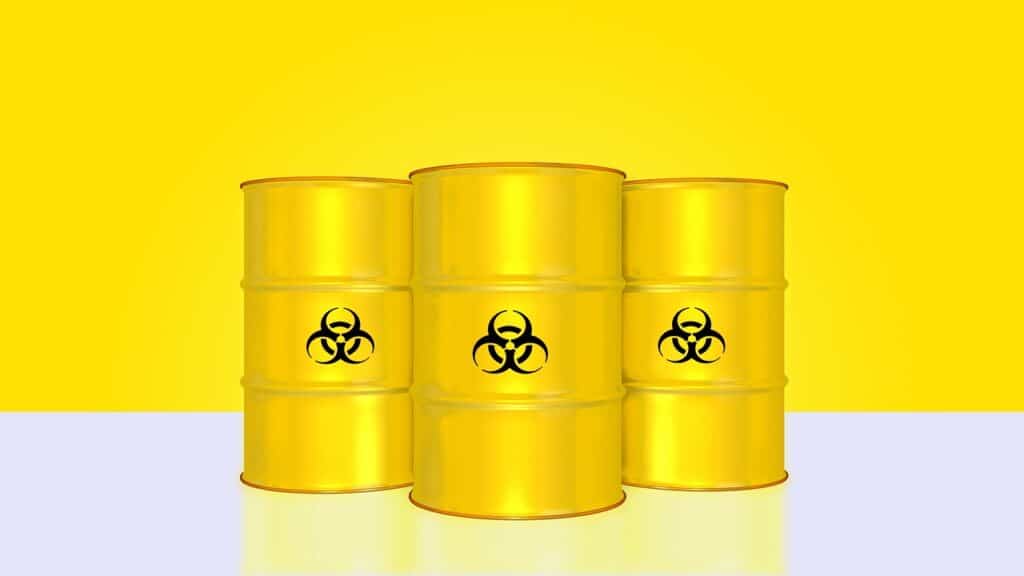Working with hazardous chemicals in the workplace can be a dangerous and stressful situation. From knowing the warning signs of exposure to understanding proper safety practices, this guide provides the necessary resources and tips to ensure safe workplaces when handling hazardous chemicals. Learn how to recognize danger and give workers the information they need to stay safe!
Acrylamide
Acrylamide is a toxic, flammable chemical used in various industries for a wide range of applications. It is an oily, colorless liquid that has a slight odor and can be hazardous to both humans and animals if ingested or absorbed through the skin. It is important to use proper protective equipment and limit exposure to acrylamide when working around this hazardous chemical.
Cadmium
Cadmium is an often soldered metal that has many uses ranging from batteries, to coatings, and plastics. cadmium dust can be inhaled, so it is important to wear a respirator when working with or around cadmium. Also, long-term exposure to cadmium can lead to cancer or kidney failure. As such, workers should use extra caution when handling this potentially hazardous chemical.
Asbestos
Asbestos is a fibrous mineral material composed of calcium magnesium silicate. It is known for its low flammability and resistance to heat and has been used for insulation purposes in industrial settings. Exposure to asbestos can be very dangerous, leading to serious respiratory ailments such as asbestosis and mesothelioma. Because of these risks, it’s important for workers to be aware of the presence of asbestos in their environments and take proper safety precautions when handling it.
Lead
Lead is a naturally occurring metal that can be found in many industrial environments. It is highly toxic and can cause health problems if inhaled or ingested. Lead poisoning can lead to kidney and nervous system damage, as well as reproductive problems and even cancer. In the workplace, workers should always wear protective gear such as gloves, goggles, and face masks when working with lead to avoid exposure. Worker safety programs should also include regular testing for lead levels in the work environment.
Carbon Monoxide
Carbon Monoxide is an odorless and colorless gas produced by the incomplete burning of carbon-based fuels like gasoline, kerosene, propane, charcoal, oil, and wood. It can lead to asphyxiation or death at high concentrations due to its ability to reduce oxygen levels in the bloodstream. Workers should be made aware of the potential dangers associated with this gas and how to recognize the symptoms of overexposure. Regular testing of air quality should also be part of a worker safety program.




